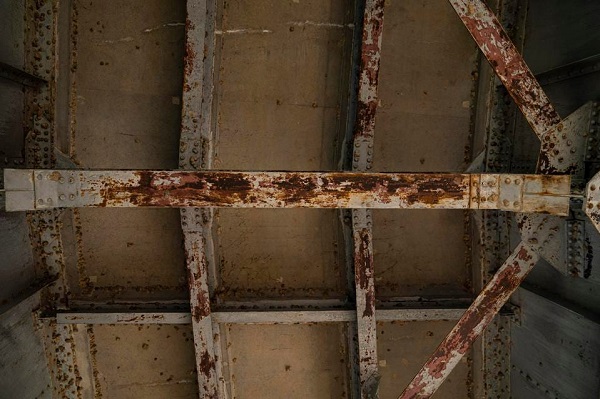Brief
Climate change is increasingly threatening civil infrastructure as flooding, heat waves and other climate disasters become more prevalent, but a far less visible impact from our evolving climate is the slow deterioration of the materials that make up our buildings, roads, water and wastewater systems. Laurie Winkless examines the accelerating decline of concrete and steel under higher temperatures and increased humidity, and what that could mean for the future of public infrastructure.
Insight
Civil infrastructure is increasingly vulnerable to the effects of climate change. The floods of 2021 saw cities including London, Zhengzhou, and New York temporarily under water.
The extreme temperatures of northern hemisphere summer 2022 have led to wildfires, power cuts, buckled rail lines, melting roads, and broken water mains. While here in the southern hemisphere, weeks of stormy winter weather have caused significant damage to roads, beaches, and homes.
But our changing climate is also having a slower, less visible impact on infrastructure. It seems that increases in temperature and humidity are beginning to accelerate corrosion – the process by which strong, shiny metals turn into weak, crumbly metal oxides. Over time, water and oxygen work together to rip electrons away from the atoms of an exposed metal surface, forming other more chemically-stable compounds. The presence of a familiar orange-red color on a surface tells you that there is a ferrous, or iron-containing, metal (like steel) nearby, and that it is starting to rust.
When it comes to materials used in the construction of today’s urban landscapes, steel is always nearby. Sometimes it’s out in the open, in the form of beams, sheets, and rails. In those instances, weathering steel – a material specifically designed to rust in a very slow, controlled manner – tends to be the go-to option. In the right conditions, and with only nominal maintenance, weathering steel can retain its strength for 100 years.
A different approach is needed for structures in coastal regions or those that experience deep winters. There, the main enemy is salt, in the form of seawater and de-icing compounds.
READ MORE





Recent Comments